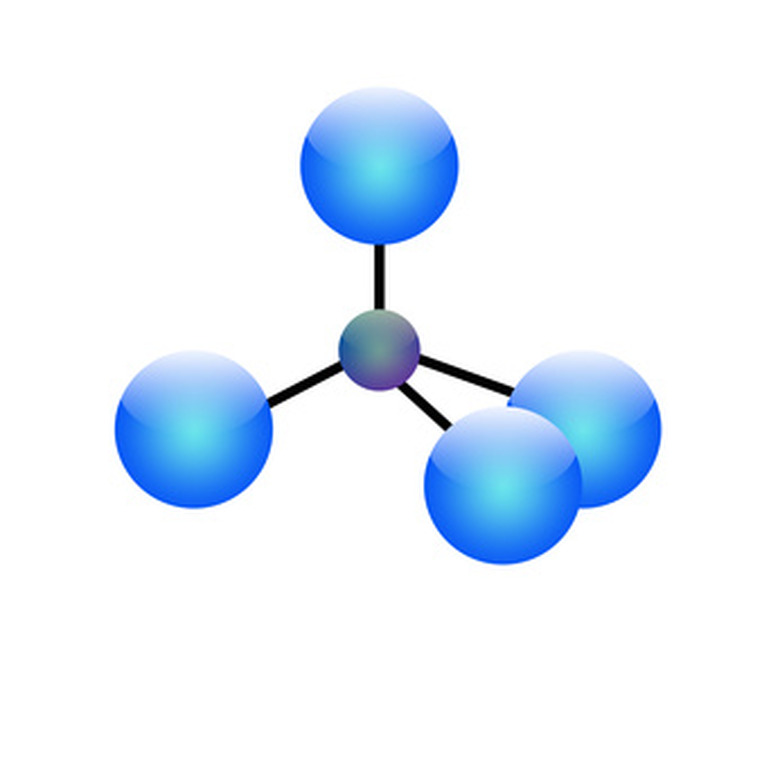How To Create A Three-Dimensional Atom
Teachers often require students to build a 3-D model of an atom for a science class project. This helps students to grasp the role that protons, neutrons and electrons play in the inner workings of the atom. While building the model, students gain a hands-on understanding of the balance that is essential in atoms of any element. How large the model atom is depends on the periodic element modeled. Building multiple atoms, including isotopes, of a single element can also make an excellent last-minute science fair project.
Step 1
Calculate the number of protons, electrons and neutrons needed for the model element you are constructing. The number of protons and electrons is equal to the element's atomic number. The number of electrons is equal to the atomic mass minus the atomic number. An isotope of an element has either more or less neutrons than a standard atom.
Step 2
Paint the Styrofoam balls. The protons, neutrons and electrons should each be painted a different color so you can distinguish between the model's essential parts. Stick a toothpick into each ball to use as a handle while painting to keep your fingers clean.
Step 3
Glue the balls which represent the protons and neutrons together to form a mass. The two colors should look well-mixed. This will form the nucleus of the atom.
Step 4
Stick the kabob skewers into the nucleus. They should be all the way around the nucleus at random locations.
Step 5
Press an electron onto the exposed tip of each of the skewers. Put a dot of glue on the end of the skewer before pressing the Styrofoam ball onto it. This will keep the electron from coming loose from the atom later.
Step 6
Create a key on a sheet of typing paper or on a larger poster board. Replicate the element's information from the periodic table on the key. Also include a key that decodes the colors used to paint the protons, electrons and neutrons.
Things Needed
- Styrafoam balls
- Toothpicks
- Craft paint
- Glue
- Wooden kabob skewers
- Typing paper
- Poster board
- Permanent marker
Cite This Article
MLA
Barton, Misty. "How To Create A Three-Dimensional Atom" sciencing.com, https://www.sciencing.com/create-threedimensional-atom-7822776/. 24 April 2017.
APA
Barton, Misty. (2017, April 24). How To Create A Three-Dimensional Atom. sciencing.com. Retrieved from https://www.sciencing.com/create-threedimensional-atom-7822776/
Chicago
Barton, Misty. How To Create A Three-Dimensional Atom last modified August 30, 2022. https://www.sciencing.com/create-threedimensional-atom-7822776/
